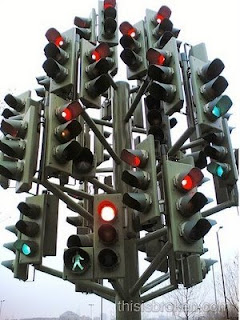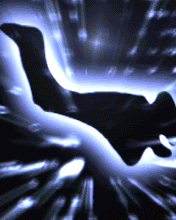Follow this procedure to troubleshoot the computer to resolve issues that may cause it to stop responding.
NOTE: Since each of these steps represents a possible solution to this issue, check the computer performance after completing each step.
1. Close any programs that are active but have stopped responding.
2. Reduce the number of applications running and active on the computer.
3. Disconnect or remove any added hardware or peripherals. This includes any printers, USB devices, added memory, internal or external drives, and any type (network, sound, video, USB, etc.) adapter card.
4. Remove unnecessary files from the hard drive.
5. Detect and repair errors on the hard drive.
6. Remove and reinstall the video drivers.
7. Reinstall the application that was active when the system stopped responding.
8. Perform a full system recovery .
IMPORTANT:
Back up data prior to beginning a recovery procedure.
Formatting the hard drive will remove all added data, software, and information from the hard drive.
Remove any third-party hardware that has been added to the system prior to beginning a recovery procedure.
Formatting the hard drive will remove all added data, software, and information from the hard drive.
Remove any third-party hardware that has been added to the system prior to beginning a recovery procedure.
NOTES:
If the operating system has been upgraded, use the FDISK application to remove the partitions before performing a system recovery. Some operating system partitions, such as NTFS and Linux®, may not be removable using the FDISK application and may need to be removed using the other operating system install or boot disk or CD.
If a third-party partitioning utility was used to partition the drive, contact the third-party manufacturer to remove the partition before starting the recovery process.
A system recovery cannot be performed through a network shared drive.
If the operating system has been upgraded, use the FDISK application to remove the partitions before performing a system recovery. Some operating system partitions, such as NTFS and Linux®, may not be removable using the FDISK application and may need to be removed using the other operating system install or boot disk or CD.
If a third-party partitioning utility was used to partition the drive, contact the third-party manufacturer to remove the partition before starting the recovery process.
A system recovery cannot be performed through a network shared drive.
9. If the issue is still unresolved after completing all of the troubleshooting steps, service may be required.




















